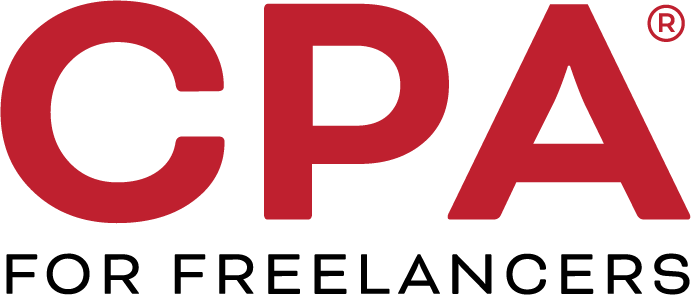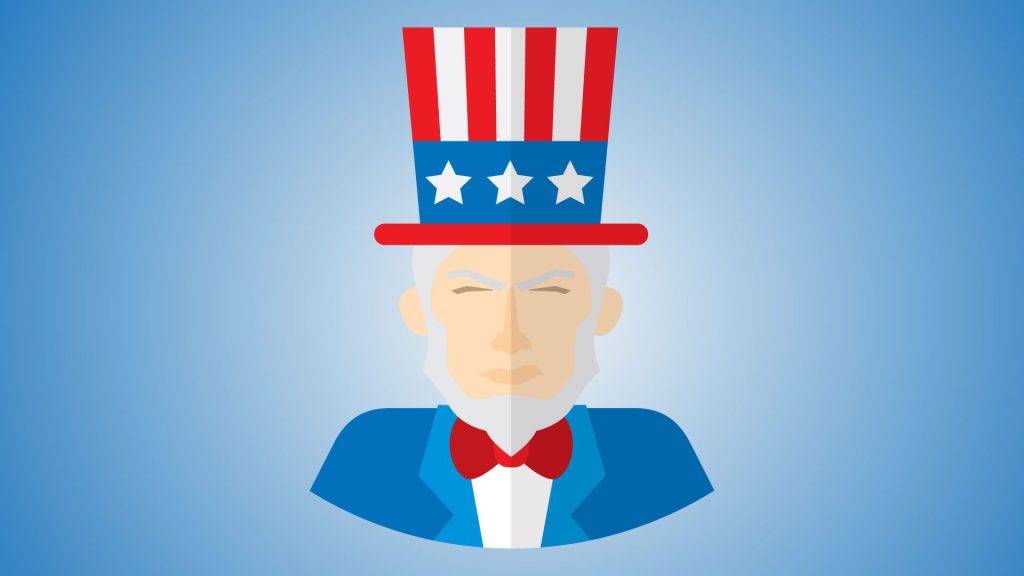There are a lot of things that can catch a freelancer off-guard—an unhappy client, an unexpected internet outage, an unannounced visit from family when you’re up against a tight deadline…the list goes on. While these situations are all legitimate causes for concern—there’s another issue that is often overlooked by self-employed business owners which can have serious financial implications. In fact, it may be one of the freelancing profession’s best-kept tax secrets, since many newbie—and even some seasoned—freelancers are blissfully unaware of the cruel reality of self-employment taxes.
Unlike updates on when Starbucks is going to start serving booze or the latest security hacks of major retailers, self-employment tax obligations don’t get much play in mainstream or social media. So, if reading the words “self-employment taxes” leaves you looking like a deer in headlights, know that you’re not alone—and use this post to get clued in. If you’re already painfully aware of impact of self-employment taxes on your freelance business, read on to make sure you don’t give Uncle Sam a dime more than you have to this year.
Surprise! Being your own boss means you’re on the hook for additional taxes.
When you don’t work for “the man”, so to speak, you have to make up the portion of Federal Insurance Contributions Act (FICA) taxes that is paid by employers on behalf of their employees for Social Security and Medicare. This is a little known fact for an astounding number of freelancers. You’re not responsible for just one tax, either. Self-employed individuals making more than $400 per year are treated to the following trifecta of taxes by the IRS. Together they comprise the self-employment tax that individuals must pay in addition to any federal, state and local income taxes:
12.4 percent Social Security tax. For 2015, this tax applies to the first $118,500 of net profit or earnings from self-employment. If you have earnings above this dollar amount (from self-employment or, if you also have a job, from the combined earnings from your job and your business), then the earnings above this dollar limit are not subject to this 12.4 percent tax. If you’ve been doing well this year financially, you’ll want to check to make sure that you haven’t already hit the income cap for Social Security tax, so you don’t end up paying more than you have to.
2.9 percent Medicare tax. On the other hand, the Medicare portion of the self-employment tax applies to all earnings from self-employment and all wages from traditional employments—there is not an earnings limit like there is for Social Security
0.9 percent additional Medicare tax. As if the first two tax hits weren’t enough, thanks to Obamacare there is an additional 0.9 percent Medicare tax which applies to income from self-employment and/or wages that exceed $200,000 for single filers and $250,000 for married filers.
Savvy freelancers shouldn’t let these self-employment tax breaks pass them by.
While all of the above taxes add up to a hefty bill for self-employed individuals there are a few glimmers of tax relief that can actually save you some money, if you choose to use them (which, of course, you should):
- When figuring out the self-employment tax you owe, reduce your self-employment income (your net profit) by half of the self-employment tax before applying the rate to reduce your taxable income.
- Claim 50 percent of what you pay in self-employment tax as an adjustment to income on your annual tax return, thereby reducing your adjusted gross income and the amount of income tax you owe in one fell swoop.
Cue up the quarterly payments or face fines.
We’ve covered the basics about self-employment taxes and now that you’ve (hopefully) come to terms with them and calculated how much you owe, you’ll need to make payments. You’ll include the total amount of self-employment taxes you have paid on Schedule C of your annual tax return—but don’t sit back and wait until tax season to pay what you owe, because the government doesn’t just want you to pay self-employment or income tax in one lump sum. Instead you’ll need to spread it out over the course of the year. This is why you are required to make estimated payments of your self-employment and income taxes in January, April, June and September. Failure to make these quarterly installment payments may trigger penalties for underpayment.
Psst…Start spreading the news about self-employment taxes.
If self-employment taxes caught you off-guard and you haven’t made any estimated payments this year (or prior years), now’s the time to make catch-up payments before you get too far behind and before you face significant penalties.
If you’ve been making self-employment tax payments, but you haven’t been tracking them too closely alongside your income, you’ll want to check into whether you’re off the hook for the Social Security tax portion based on the income caps we discussed above.
Lastly, with your new enlightenment in regard to self-employment tax intricacies, pay the favor forward by passing this information on to a fellow freelancer who also needs to be in the know.. After all, when it comes to self-employment tax and other tax burdens, they’re a little easier to bear when you know you’re not facing them alone.
Jonathan Medows is a New York City-based CPA who specializes in taxes and business issues for freelance and self-employed individuals across the country.


